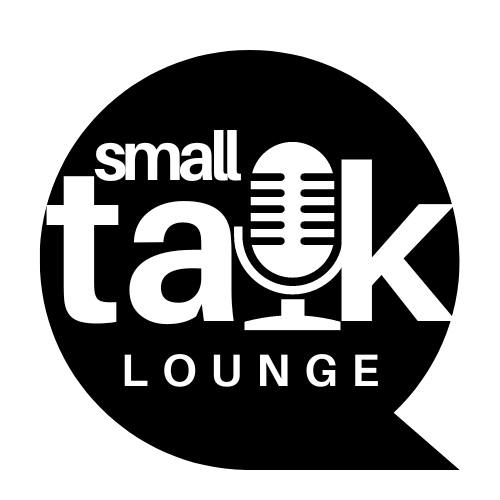In our fast-paced world, being busy often equates to being productive. However, this notion is misleading. Recently, I embarked on a LinkedIn course focused on overcoming productivity myths, and one line resonated with me: “You are busy, but it doesn’t mean you are productive.” This simple statement has since become a guiding principle in my approach to work.
The Power of Single-Tasking
One of the most impactful insights from the course was the value of single-tasking. Instead of juggling multiple tasks at once, which often leads to decreased focus and increased errors, I learned to identify and concentrate on the most important task at hand. This shift in mindset allows for deeper engagement and ultimately better results.
While implementing single-tasking won’t yield immediate results, I’m optimistic about the potential benefits. The course offered practical tips on honing focus, which I hope will lead to fewer mistakes and a more streamlined workflow.
Tracking Multitasking Habits
To further enhance my productivity, the course encouraged tracking multitasking habits. By journaling when I find myself multitasking, I can better understand my tendencies and consciously return to single-tasking. This awareness is crucial for making intentional choices about how I spend my time.
Recognizing Burnout
Another critical lesson was the acknowledgment that longer working hours do not guarantee increased productivity. In fact, the opposite can often be true. Working excessively can lead to burnout, a state I’ve experienced firsthand. I’ve noticed that irritability, sleep disturbances, and a general lack of freshness often accompany this burnout.
It’s essential to remember that we are not superhuman; knowing our limits is vital for maintaining both productivity and well-being. Being attentive to my needs and recognizing when to take a break is crucial, although setting boundaries is a challenge.
Strategies for Better Work-Life Balance
To address my perfectionist tendencies, which often delay progress, I’m exploring various strategies. I plan to use Microsoft Note to create task lists and track my habits. Additionally, I find that a combination of digital tools and physical reminders—like sticky notes—helps me prioritize effectively.
As I continue to navigate this journey, I’m committed to embracing a balanced approach that prioritizes both productivity and self-care.
The Bottom Line
In conclusion, overcoming productivity myths is a journey that requires self-reflection and adjustment. By focusing on single-tasking, tracking habits, and recognizing limits, I’m taking steps toward a more productive and fulfilling work life. Remember, it’s not about how busy you are, but how effectively you manage your time and energy.

